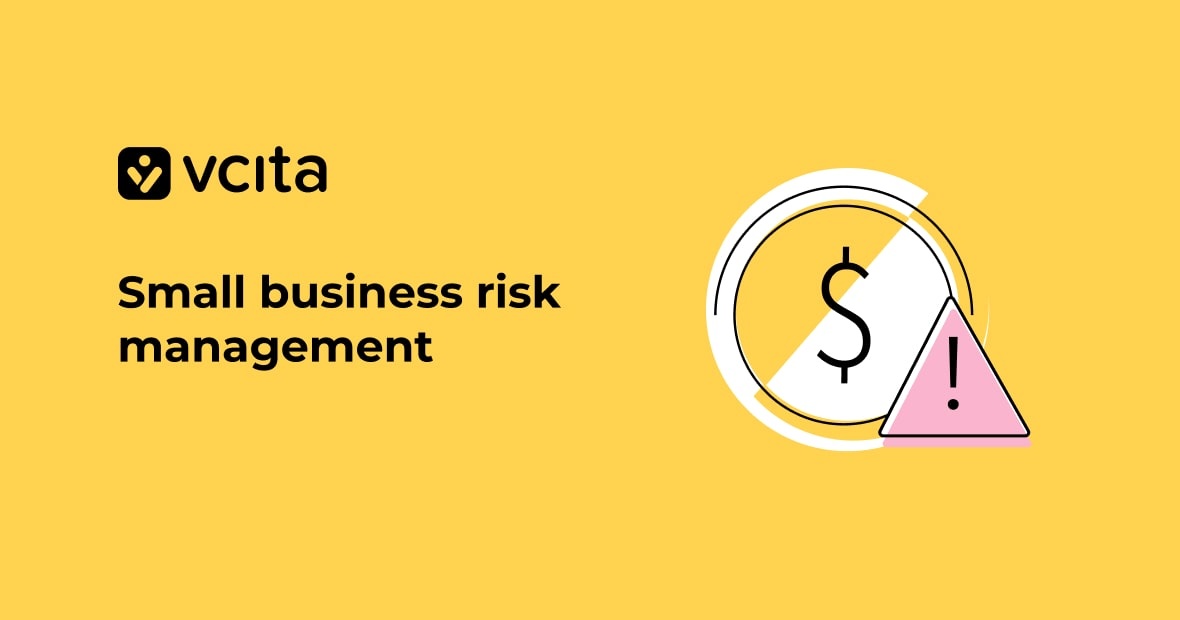Have you ever thought about selling your business? It can be a smart move, but before you get down to the actual sale, you need to work out how to assess its value, so that you can set a fair price that attracts buyers, but also reflects the business’ current and future earning capabilities and the hard work you’ve put in to bring it this far.
Whether you’re a business owner planning to sell or a potential buyer, valuing a small business takes some work. There are a few different valuation methods you could use, and a number of important calculations. Read on to understand the considerations involved in working out what your business is worth.
Which valuation method should you use for your small business?
There are a few common valuation methods for small businesses. Once you know about the options, you can decide which is the most suitable for your situation.
Market multiple method
This involves comparing your business to similar companies that have sold recently. You’ll look at the sales price of those businesses and determine a multiple that makes sense for your industry. Then you’ll apply that multiple to your annual revenue or earnings. This method works best if there are a lot of comparable businesses changing hands.
Adjusted net asset method
This calculates your business’s valuation based on its balance sheet. You’ll add up the total value of your company’s assets, like equipment, inventory, accounts receivable, and cash. Then subtract the total liabilities like loans and accounts payable. The final number is what your business is worth based on its net assets. This only works well if your business relies heavily on its tangible assets.
Discounted cash flow method
This method looks at your company’s potential future cash flow. You’ll project the business’s net income over the next several years, and then determine a discount rate and terminal value. The total of the discounted cash flows and terminal value is what the business is worth. This requires estimating future performance, which can be tricky, but often provides the most accurate valuation.
The best approach is usually to use a combination of methods. And remember, in the end, a business is worth what potential buyers are willing to pay. So, do your research to determine a valuation range, but be open to negotiation.
Calculating your business’ EBITDA
If you’re planning to sell your small business, it’s a good idea to determine its EBITDA. EBITDA stands for Earnings Before Interest, Taxes, Depreciation and Amortization. It’s a way of measuring your company’s total earnings from operations, and is calculated by adding up operating income, interest, taxes, depreciation, and amortization.
Why is EBITDA important?
Selling a business based on its future potential is difficult. Focusing on your EBITDA helps give potential buyers a concrete way to evaluate your business’ current earning power and determine what it might be worth to them.
EBITDA shows the business’ ability to generate cash flow. Buyers will evaluate your EBITDA to see if the business can pay off any debt incurred from an acquisition. The higher your EBITDA, the more your business is worth.
How to calculate EBITDA
To calculate your EBITDA, start with your net income. Then add anything that was removed, like interest, taxes, depreciation, and amortization. These are “non-cash” expenses that reduce your net income, so you add them back to get a truer picture of your cash earnings. You can find these figures on your business’ income statement and balance sheet.
What’s a good EBITDA?
A good EBITDA depends on your industry and the size of your business. An EBITDA margin of 10-15% is average for most small businesses. You can compare your EBITDA to similar businesses to determine if yours is strong for your industry. A business broker can also evaluate your EBITDA and help you set an asking price that will attract interested buyers.
Factoring in Seller’s Discretionary Earnings (SDE)
As a small business owner planning to sell your company, it’s a good idea to pay attention to its Seller’s Discretionary Earnings (SDE). SDE represents what you, as the business owner, have earned from your company’s operations. It indicates the total financial benefit of owning the business, and is a key factor in determining what your business is worth to potential buyers.
Why SDE matters
Your business’ SDE demonstrates its ability to generate cash flow and profits, to service any debt taken on to finance the purchase. For potential buyers, this shows how much they could earn by acquiring your company. Buyers will evaluate your SDE to determine an offer price that ensures they receive an acceptable return on their investment. The higher your SDE, the more your business is worth.
Focusing on maximizing your SDE in the years leading up to selling your business is one of the smartest things you can do. Strong earnings and cash flow will position you to get the best possible valuation and price when you’re ready to hand over the reins.
How to calculate your SDE
To determine your SDE, start with your company’s total revenue and subtract the cost of goods sold. Then add back any expenses that are discretionary for you as the business owner, like your salary, benefits, bonuses, and any personal expenses run through the business. The result is your SDE.
Small businesses that use the SDE valuation method typically sell for between 2 to 5 times SDE. However, the actual multiplier depends on factors like business growth, risk level, industry benchmarks, and the overall health of your company. That’s why it’s best to work with a business broker to determine an asking price based on your SDE and current market conditions.
Assessing your company’s total assets and future cash flow
Now that you have calculations like your EBITDA and SDE, you can assess your company’s total assets and cash flow. Here’s a guide to carrying out this assessment.
- Calculate your assets
To determine your total assets, add up the current market value of all assets the business owns. This includes both tangible tangible assets like equipment, vehicles, and property, and intangible assets like intellectual property.
Start with the balance sheet, which provides a snapshot of your company’s total assets (what it owns) and liabilities (what it owes). For larger assets like property or equipment, you may need to get official appraisals to determine their fair market value.
- Analyze current cash flow
In addition to assets, a business’s cash flow helps determine what it’s worth. The cash flow statement shows the business’s EBITDA and net income. EBITDA helps estimate how much money will be available to potential buyers, and SDE helps reveal the business’ profitability.
- Forecast future cash flow
While historical cash flow is important, potential buyers will also want to see forecasts for future cash flow. As the business owner, you’re in the best position to reasonably estimate future income and expenses. Be prepared to share your forecasts and the assumptions behind them with potential buyers.
The value of your company’s tangible assets like equipment, real estate, and inventory provides a baseline for what your business is worth. But for most small businesses, the real value lies in intangible assets like customer relationships, reputation, and future growth potential. Consider factors like sales growth, profit margins, operating expenses, and capital expenditures when calculating future cash flow.
Determining your asking price
With an understanding of your total assets and future cash flow, you can determine an asking price that balances meeting your needs as the seller with what potential buyers see as the business’s fair value.
Compare your valuation to other similar businesses for sale
One of the best ways to determine if your asking price is reasonable is to check recent sales of comparable businesses in your area. Contact a business broker who can provide sales data on comparable businesses. Look at the SDE and sales price of businesses similar in size, location, and industry to get an idea of what your business may be worth to potential buyers.
Analyze the market conditions
The overall health of the economy and your specific industry can impact what buyers are willing to pay. If the economy is strong and your industry is growing, buyers may be willing to pay a premium. But if the economic outlook is uncertain, buyers will likely want to pay less. As the business owner, you need to determine if now is the right time to sell your business, based on the current market conditions.
Set a reasonable asking price
Based on your research, determine an asking price range that is reasonable given your company’s performance, assets, and the current market conditions. Price your business on the higher end of the range if you’re in no hurry to sell. But if you want to make a quick deal, you may need to be flexible and accept an offer at the lower end of—or slightly below—your target range. The final selling price will ultimately come down to the seller’s discretion and what price buyers are willing to pay.
Sell your business for the right price
So there you have it, the key valuation methods to determine what your business is worth. As the business owner, having a solid grasp of your balance sheet, net income, SDE, and future cash flow projections puts you in a great position when planning to sell. Engaging a business broker can also be a good idea. Do your homework, understand the factors that determine value, and be willing to negotiate to reach a deal that suits you.




























